Our Story
PAME began in 2012 as a multi-stakeholder conference focused on raising awareness and understanding of all forms of preventable epilepsy-related mortality, including; suicide, accidents, status epilepticus, and Sudden Unexpected Death in Epilepsy (SUDEP). These meetings are unique in that they convene health care providers, basic and clinical researchers, public health officials, advocates, death investigators, people living with epilepsy, caregivers, and bereaved families around a shared agenda. As a result of coordinating five successful meetings, PAME has grown a strong and diverse community that is eager to expand its influence. In 2021, PAME decided to amplify its reach by providing ongoing educational opportunities and promoting a better coordinated response that leverages the strengths of partners to address gaps in the field.

Our Mission
PAME’s mission is to convene, educate and inspire all stakeholders - from the bereaved to those living with epilepsy, to health care professionals, advocates, clinical and basic scientists, and death investigators - to promote understanding and drive prevention of epilepsy-related mortality.

Our Structure
Our Structure PAME exists as a collaborative initiative housed within the American Epilepsy Society (AES). PAME has its own governance structure and AES generously provides pro-bono fiscal and administrative support as well as generous in-kind assistance around program planning and management. PAME maintains a committed and transparent organizing and committee structure that builds on its strong history as a volunteer-led effort. Please reach out to Gardiner Lapham if you’re interested in participating in current or future efforts.
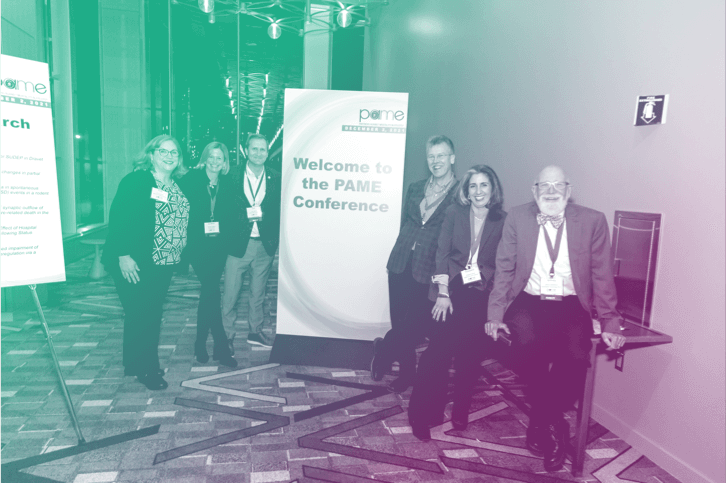
Our Priorities
As PAME expands its efforts to nurture a better coordinated and multisectoral response to epilepsy mortality, it will focus on the following 4 priorities in 2023-2024:
1. BUILD an organizing and governance structure to accomplish PAME’s mission. 2. CONVENE stakeholders to share knowledge, forge cross-sector learning and drive action. 3. EDUCATE through enhanced communications efforts, improved access to information and development of new content. 4. INSPIRE and facilitate innovation and progress by leveraging the unique attributes of partnering organization and individuals.

Governance Committee
The Governance Committee is representative of its founding partners and constituencies. This group meets regularly to coordinate efforts and ensure progress against PAME’s strategic priorities. It is responsible for overall direction, planning, partnership engagement, committee oversight and fiscal health.

Jeff Buchhalter, MD, PhD, FAAN, FAES
Epilepsy Learning Healthcare System, Pediatric Epilepsy Learning Healthcare System

Beth Dean, MPA, MBA
CEO
CURE Epilepsy
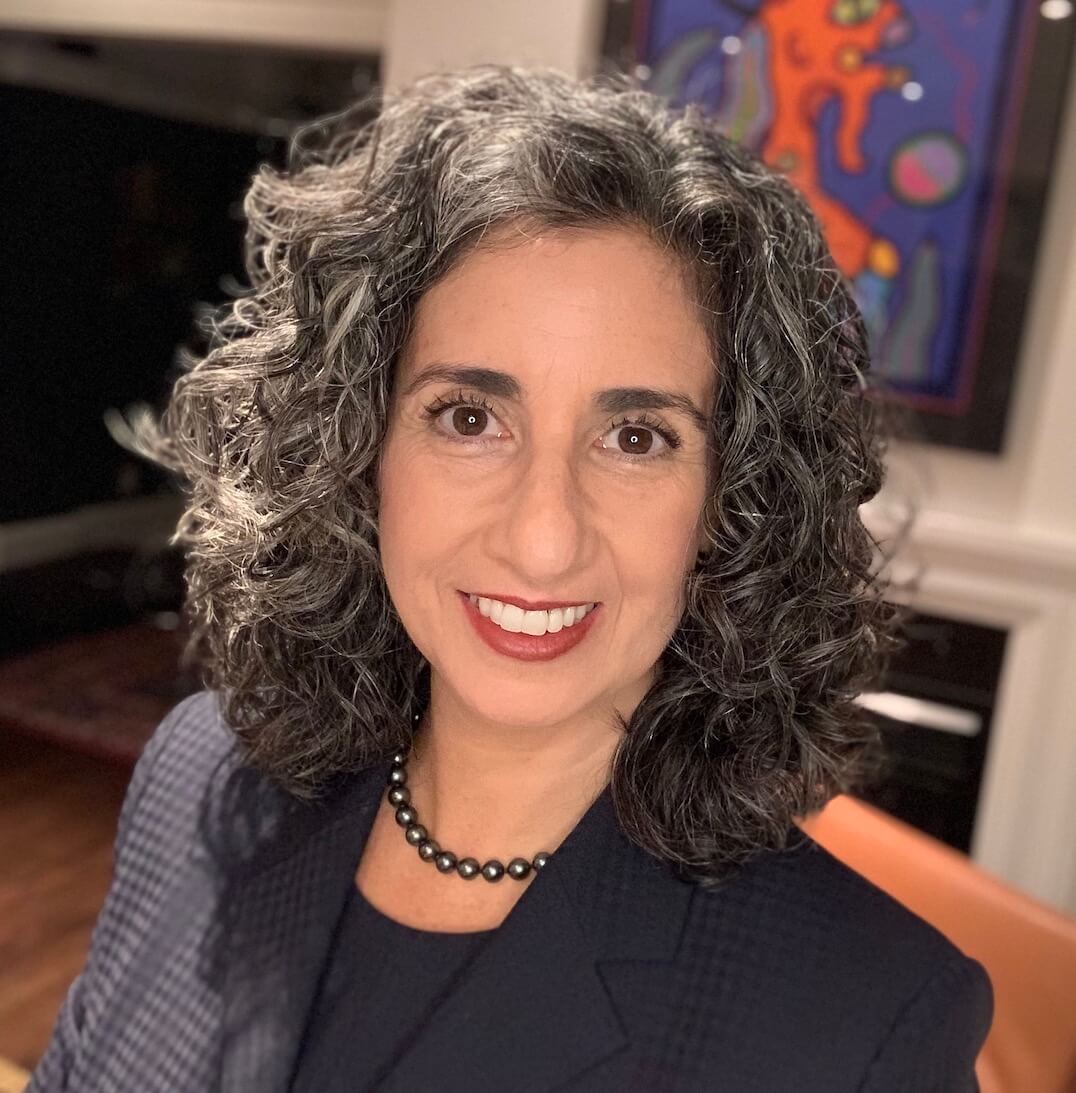
Elizabeth Donner, MD, MSc, FRCPC
Director, Comprehensive Epilepsy Program, The Hospital for Sick Children Michael Bahen Chair in Epilepsy Research Professor, Paediatrics
University of Toronto
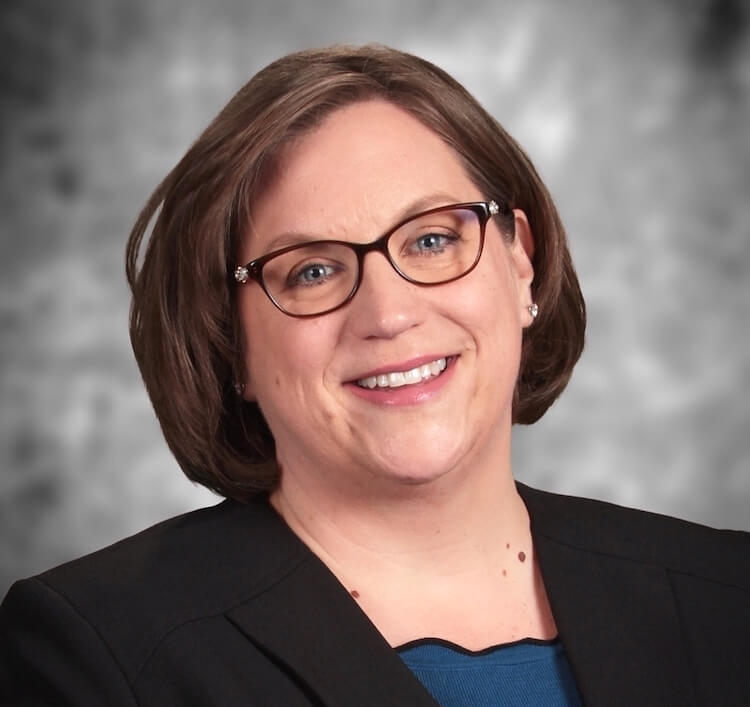
Anne Gramiak, MPH, MSLOC
Senior Manager, Epilepsy Leadership Council and Partnerships
American Epilepsy Society

Alison Kukla, MPH
Senior Manager, Programs & Partnerships
Epilepsy Foundation
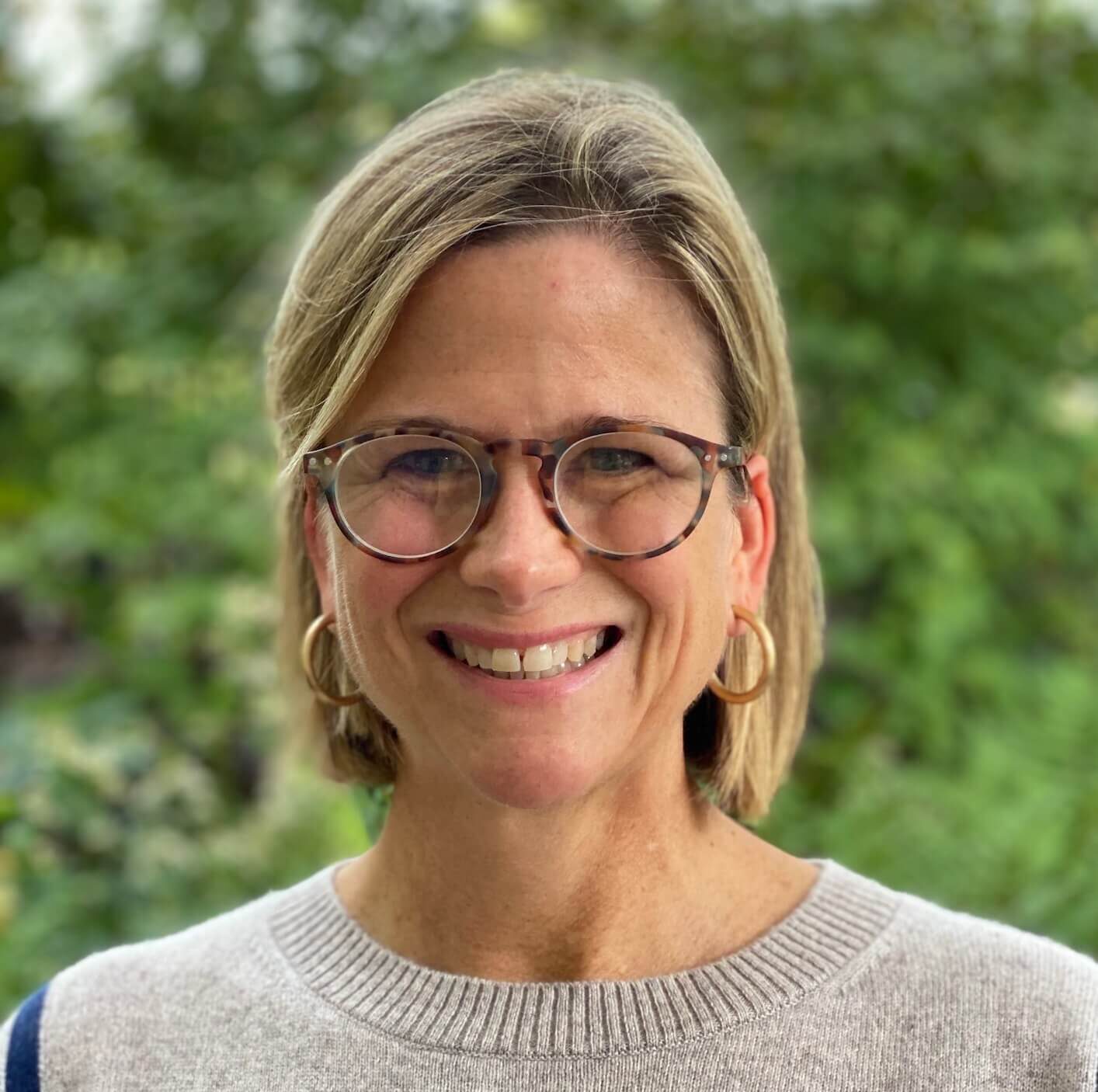
Gardiner Lapham, RN, MPH
Trustee
BAND Foundation
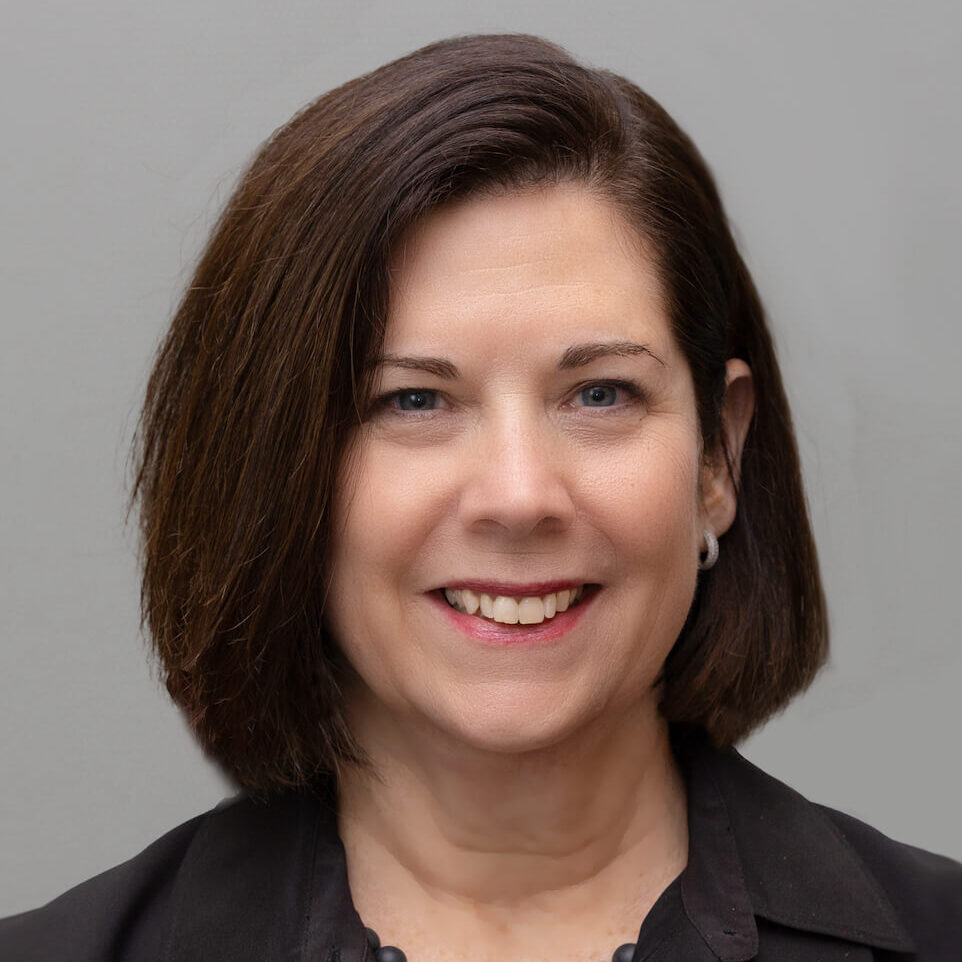
Eileen Murray, MM, CAE
Executive Director
American Epilepsy Association

George Richerson, MD, PhD
Chair, Department of Neurology
Carver College of Medicine, University of Iowa
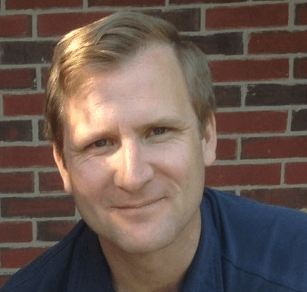
Tom Stanton, MPS
President
Danny Did Foundation

Hannah Whitten
Trustee
Whitten-Newman Foundation

Conference Planning Committee
The Conference Planning Committee is responsible for planning and organizing all aspects of the PAME Conference, with AES providing substantial logical and administrative support. This group is representative of the lay and professional audiences and actively works to develop engaging meeting content; identify new speakers and expand PAME’s reach.

SUDEP Research & Prevention Committee
The SUDEP Research and Prevention Committee is charged with overseeing the strategic plan developed by the SUDEP Coalition Summit in 2020. The goal of the Summit was to identify SUDEP research and prevention priorities in the areas of basic science, clinical action, behavior change and awareness, and public health/epidemiology that should be immediately addressed to make significant progress against SUDEP in the next 5 years. This year long process, facilitated by the Epilepsy Foundation, was a community-wide effort. This committee will help to promote the implementation of the recommendations.

